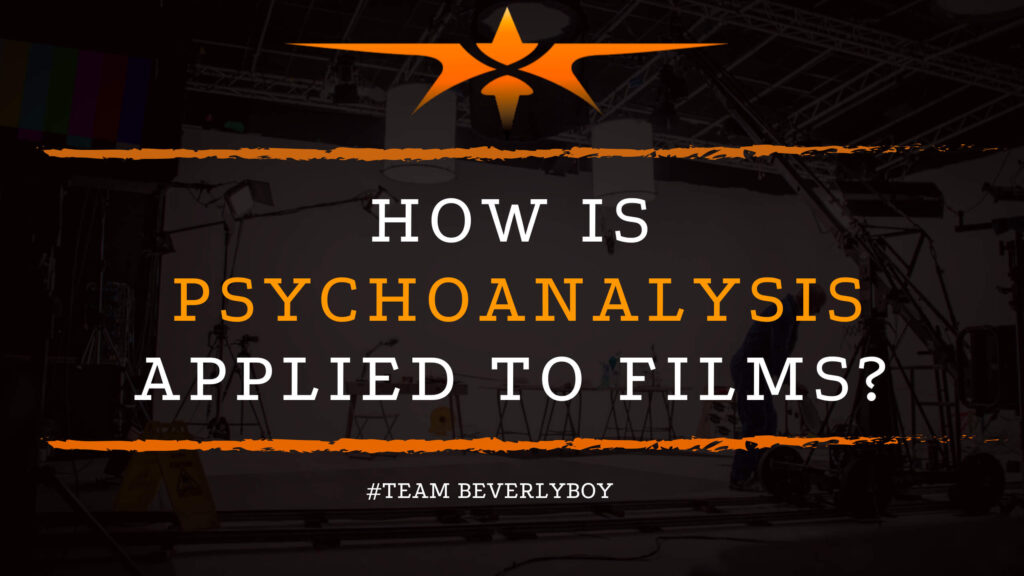How is Psychoanalysis Applied to Films?
Psychoanalysis represents the unique process of seeking to analyze our unconscious thoughts. And bring them into our conscious awareness. Thus, the psychoanalysis of films represents the unconscious examination of how sounds, symbols, and images in films are interpreted. And bringing those interpretations into our conscious awareness. Insights that are gained as a result of psychoanalysis in film. According to theorists, this can be used to unmask meanings behind the works of the creator. But how is psychoanalysis applied to films specifically?

Learning about the different applications of psychoanalysis of film and media and how to apply psychoanalytic processes to film typically may come as a result of many years of film study.
However, early psychoanalysis of film are said to have begun or originated in the 1960s and 1970s with a secondary period of psychoanalytic film theory popping up in the 1980s and 1990s.
What is Psychoanalytic Film Theory?
Psychoanalytic film theory seeks to unearth the underlying desires or passions upon which are known to the unconscious and to bring them into the conscious self. These desires, or mysterious passions, are generally left, safely hidden, in the unconscious.
However, within the psychoanalytic film theory. The secrets of how the psyche responds to things like a film’s sounds, actors, or other literary agents are brought forth and studied further.
Essentially, psychoanalytic film theory represents the fact that not only do we grasp films consciously. But we also subconsciously process the films.
In doing so, the resulting outcomes of what the film means could be distinctly different than what we originally, and consciously, rendered. Psychoanalytic film theorists thus studied how moving images would deeply impact the perception and cognitive ability of people.
How is Psychoanalysis Applied to Films?

We’ve seen psychoanalysis applied to films in a variety of manners over several decades. Researchers have studied the impact of film subjects and topics on the imagination, attention, memory and emotions.
Through both Freudian’s Theory of Psychoanalysis and the Lacanian Theory of Psychoanalysis, evolved the psychological film theory and studies which contend that films have underlying meaning, and that characters within films can be explained by their fantasies and unconscious pleasures.
Psychoanalytic films include:
- Spellbound by Alfred Hitchcock
- The Third Secret by Charles Crichton
- Willy Wonka & the Chocolate Factory by Mel Stuart
- Shrink by Jonas Pate
In Summation
So though the use of psychoanalysis applied to films, contrast of events and symbols within the film is represented by the complicated underlying dream-images, nightmares and fantasies.
Which play out and are subconsciously connected to the film without actively affecting the conscious individual. Thus, cinema, especially when analyzed in this manner, must have a more intimate connection to the viewer than simply images on a screen.


